Saddle Sores
I often get asked how I go on the big rides and to be honest it’s not much different any other rides, it's about eating and drinking enough, managing your fatigue and taking care of your contact points (hands, feet and butt) to get the most enjoyment and speed out of you reliable steed.
Saying this the conversation always returns to my undercarriage and yes, I like most cyclists suffer from saddle sores from time to time, sometimes after a hard 80k race and sometime no issues after 2000kms in a week. It hard to pick what causes this uncomfortable by-product of cycling, but they don't need stop you.
Saddle sores vary between individuals, however, a general description would be a sore, often raised area of skin in the region that makes regular contact with the saddle. Some saddle sores look a lot like spots and these are often caused by an infected hair follicle. There are the ones that look more like boils, they are usually larger and can be unconfutable. Then there are the ones that have rubbed the shin off completely, they weep, bleed and are extremely painful. I remember once riding over 500kms standing up as it was just too painful to sit, No Fun.
So, what to do if you get saddle sores?
- Take a few days off the bike. Yes, I know I should listen to my own advice but If you're struggling to get rid of a saddle sore, constantly re-exposing the area to chafing won't help. Take a little time off the bike, keep the area clean and dry, wash daily, ideally with a fragrance free soap, and pat the area dry. Don't try to pop, burst, squeeze or otherwise mess with saddle sores, just stay clean and dry, wear loose, breathable clothing and let your body do the rest for the best chance of a quick recovery.
- Use an antibacterial cream I found Sudocrem pretty good but speak to the chemist, I’ve used a variety of creams for treat nappy rash and other minor skin ailments and they have all worked pretty well. My recommendation is to get an good antibacterial cream spread a thin layer on the area and let it do its magic.
- Know when to see your GP, most saddle sores clean up within a couple of days. Really bad saddle sores can require medical attention, trust me. If you're having trouble sitting, walking, and the idea of sitting on a saddle is about as inviting to you as having your teeth pulled with no aesthetic, then see your GP. They'll probably prescribe some antibiotics or a steroidal cream, which will sort you out in no time.
- Lastly there is heaps of information about the benefit of good nutrition. I’m no doctor so I recommend you get advice, research and making your own decision about the benefits. With me I get blood tests done yearly, with a full set of vitamin, mineral, blood cell counts etc... I often find I’m down in some areas but with a well-balanced diet and the occasional multi vitamin I’m on track.
Honestly, prevention is better than a cure and in this case there are some simple thing that go a long way in eliminating them completely:
- Bike Fit
Probably the best investment you can make as a cyclist, you go and spend a bomb on a bike but don’t get a bike fit, crazy.
A good bike fit reduces the risk of injury, improves your performance (free speed) and reduces the risk of saddles sores. Simply put, a wonky saddle, saddle that's too high, or that's pointing upwards or downwards at a funny angle can lead to chafing. If you're getting saddle sores on a regular basis, check your set up isn't contributing. If you have never had a bike fit, book it in, trust me it will be the best money you can spend, you’ll get so much more from a bike fit not just reducing saddle sores.
2. Saddle’s
Aggressive riders want a saddle that provides pressure relief at the front and those who tend to focus on more endurance or social rides will want more padding at the rear to suit an upright position. The width of the ideal saddle is usually determined by the width of your sit bones, and most local bike stores have a tool that can measure you up, with this said, choosing the right saddle will likely be one of the hardest decisions you can make as a cyclist.
Finding the right saddle for you can take a little bit of trial and error, I have about 10 different saddles but could had eliminated this cost if I just listened to advice given when I started riding??? Bike shops have trial saddle programs, Specialized has a $50 deposit and try as many saddles as you like (note that the deposit comes off the price if you choose to buy a saddle, win , win). Talk to the bike shop, they have so much experience with saddles and cycling, they want you to have the best experience and will point you in the right direction.
3. Cycling Shorts
Cycling shorts come with a chamois which protects the rider by offering a layer of padding between the body and the saddle. However, chamois pads do vary with different brands as do each cyclists body shap. If you're constantly feeling like your shorts are rubbing you up the wrong way, try another pair. It is important to make sure that they fit well - shorts that are too big will move around, often causing chafing, and shorts that are too small will dig in, in all the wrong ways. I prefer nicks with the bib and have had some from $100 to over $700 and I can tell you cost does not guarantee quality. My favourite are Specialized SL Pro for shorter stuff and RBX Pro for longer rides, that said I have heaps of great kits from all sorts of suppliers, so again concentrate on fit and chamois quality and you shouldn’t go wrong.
Also note: cycling shorts are meant to be worn against the skin, no additional layer between your body and the chamois. As a result, they should be washed just like underwear “after every outing”. Not doing so allows bacteria a second chance to access your skin, which can cause infection. I often don’t have a choice when adventure racing and have to ware the same kit for days on end (this is when you see who your real friends are😉), so I make sure I’m using an good anti-bacterial chamois cream, but avoid this where ever possible.
4. Use chamois cream
Chamois cream is not an essential item for all cyclists. Some riders find that with a good pair of short and the right saddle, they can completely forgo the messy stuff, however, if you're prone to saddle sores, it's a really good idea to utilise this helpful aid. I use Aussie Butt Cream as it contain anti-bacterial aids which will prevent germs from clustering and causing me problems, as well as soothing ingredients. The viscosity of the cream also cuts down on chafing between your body and the chamois.
I hope this helps. If you have any other trick’s or extra advice, comment below or shoot me a message.
If you want to get behind my fundraising for the Mater Smiling for Smiddy Foundation check out the link below for my eye watering 5,500km IPWR in March 2022
https://fundraise.mater.org.au/fundraisers/aramdrake29748/ultra-challenge
Also watch out for the Fab to be Fit Foundation’s attempt to reclaim a 30 hour spin class Guinness World Record in December (Covid allowing)
https://www.fabtobefit.org.au/
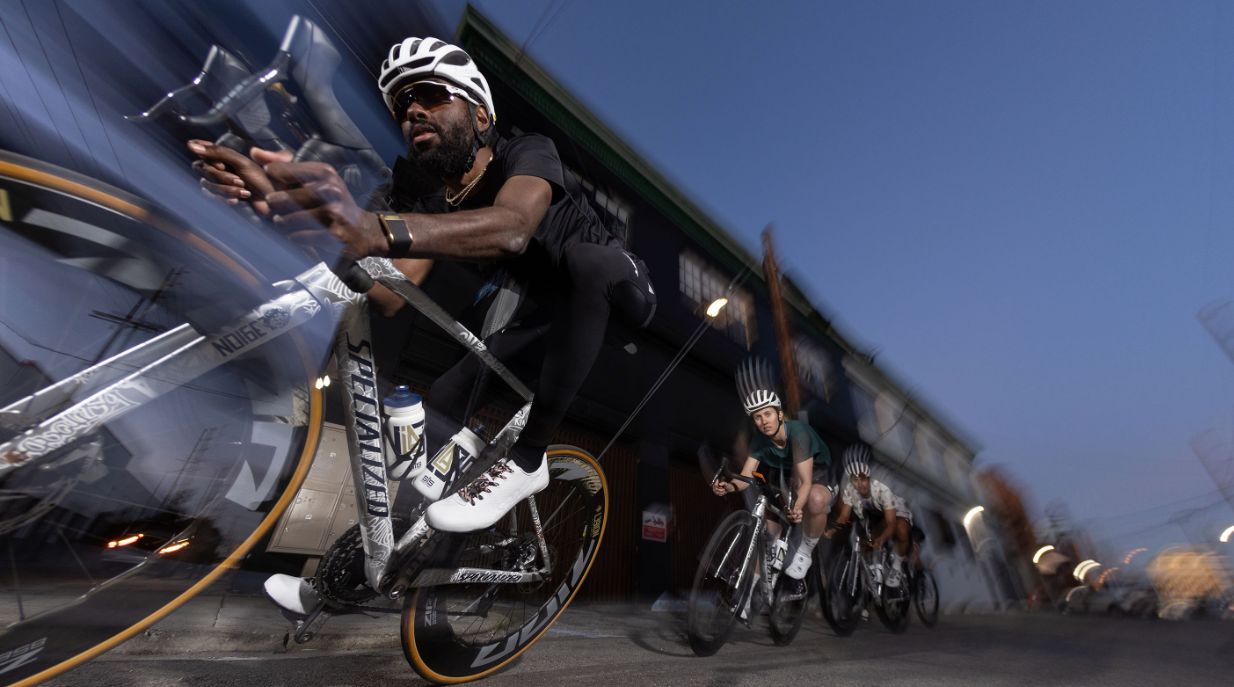

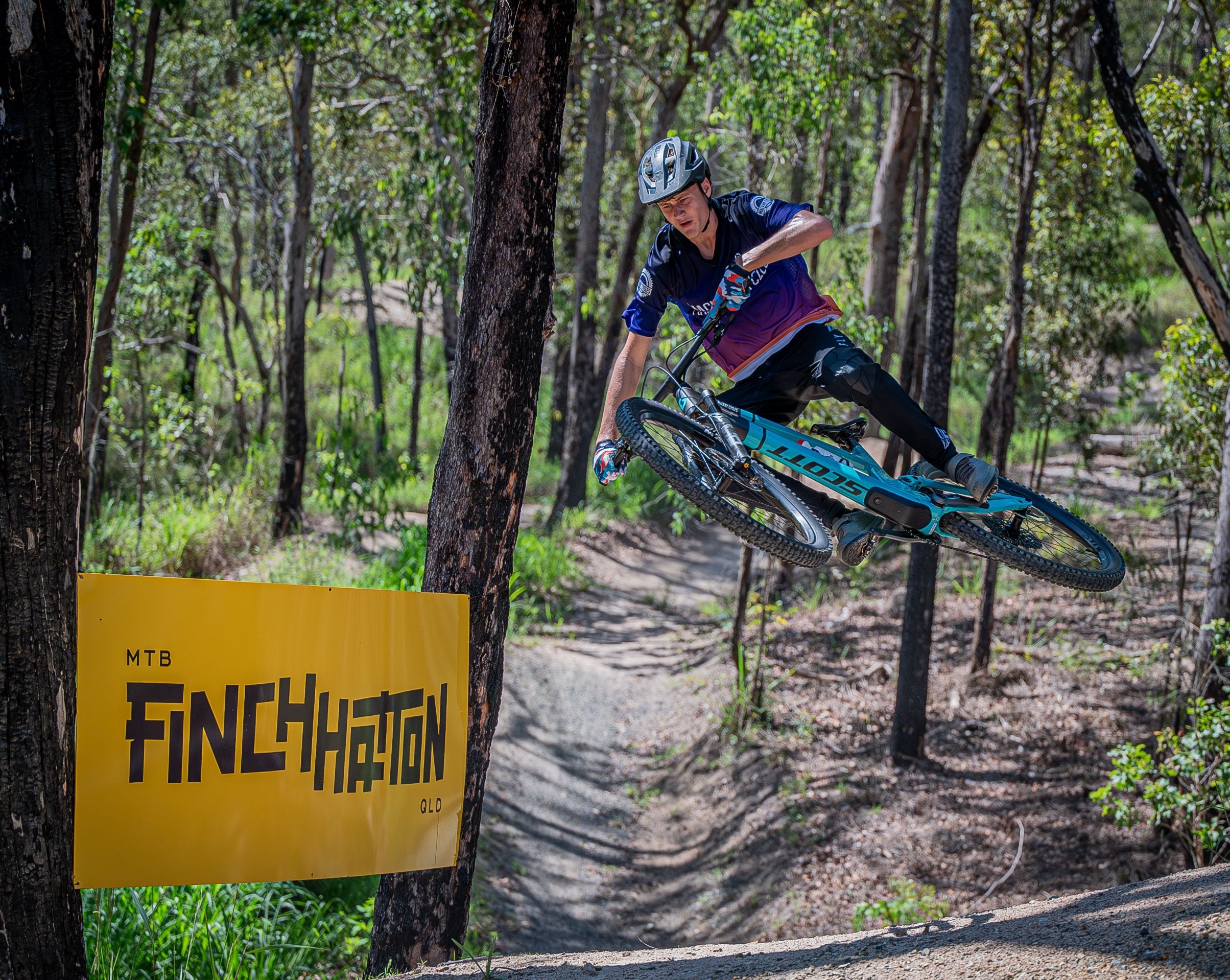
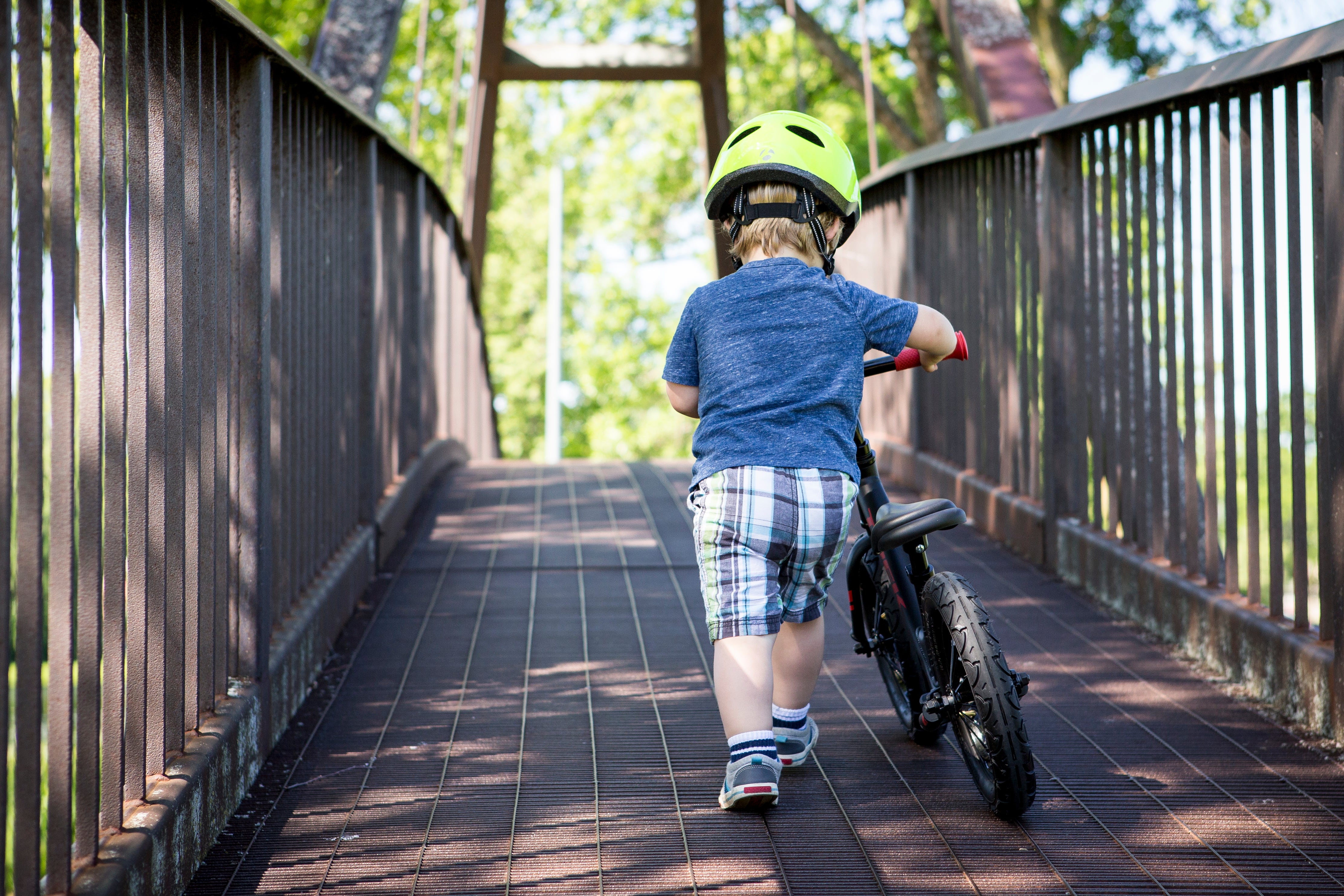
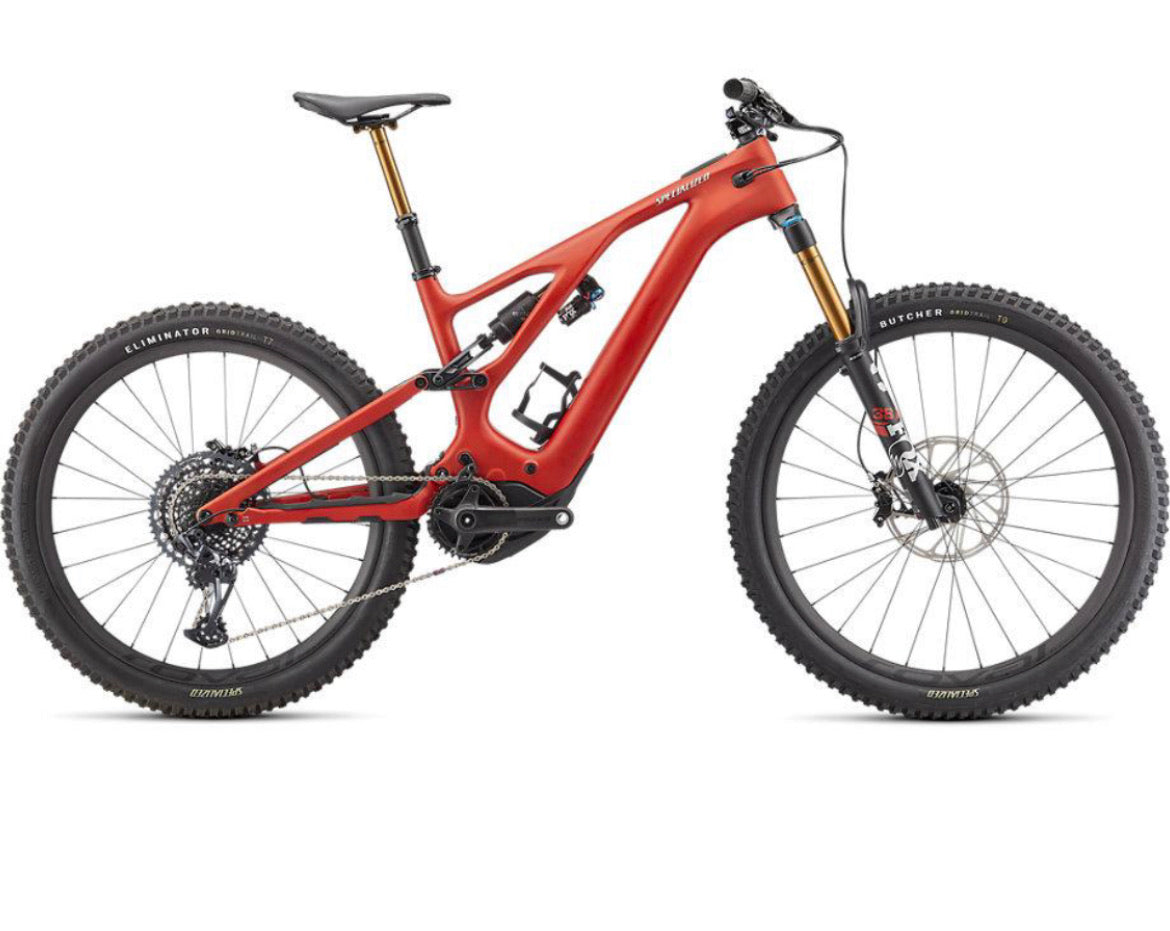
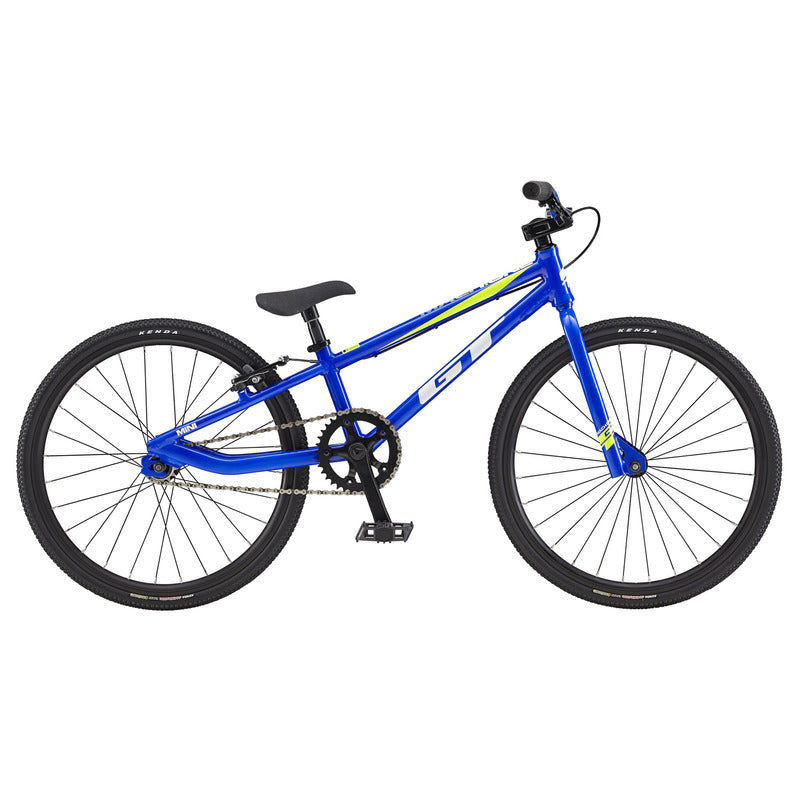
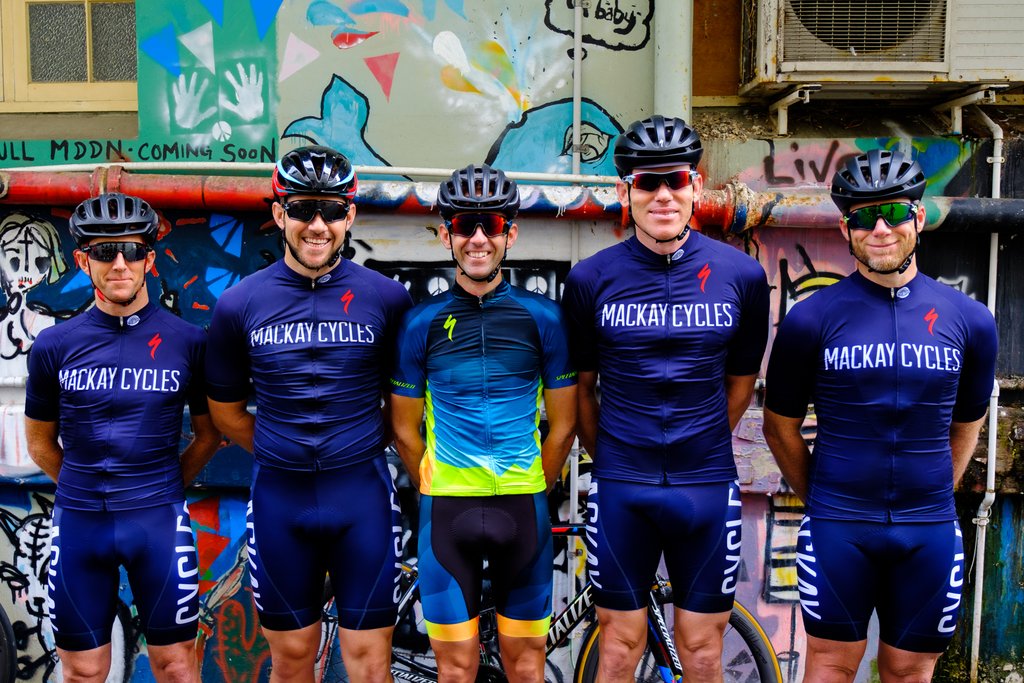


Leave a comment